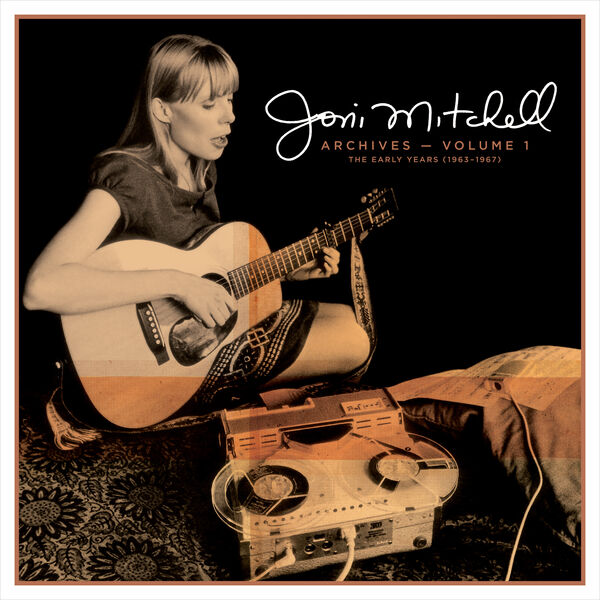Joni Mitchell’s Archive Series, a comprehensive collection of her musical evolution, has given fans a treasure trove of unreleased material and insight into the artist’s remarkable journey. The series spans three volumes thus far, each covering distinct periods of her career. In this article, we’ll delve into each volume, highlighting the treasures they hold.



Volume 1: The Early Years (1963-1967)
In the first instalment, Joni Mitchell takes us on a journey back to her folk roots, a time she once shied away from. Mitchell curates this collection with meticulous care, presenting broadcast tapes, demos, and live recordings from her early years. These recordings reveal the transformation of an artist trying on different musical costumes. The audio quality is consistently superb, a testament to Mitchell’s commitment to fidelity.
The earlier recordings feature Joni as a folk standard singer, but by 1967, her signature resonant voice and unique guitar tunings shine through. Listening to her banter and guitar-tuning on stage adds a charming layer to her artistry. Alongside familiar tracks like “The Circle Game” and “Both Sides, Now,” lesser-known gems like “Urge for Going” show the high standards she set for her own work. While this period might be her least creatively interesting, the Archives Vol. 1 offers a substantial, intriguing, and revelatory look at her early years.
Volume 2: The Reprise Years (1968-1971)
The second volume provides a deeper dive into Joni Mitchell’s transformation during this period, which saw her transition from a folk singer to an iconic songwriter and performer. With a staggering 119 tracks, encompassing over six hours of music, this collection takes us through the evolution of her music, bridging the gap between her debut album, Song to a Seagull (1968), and her seminal Blue (1971).
This period was a golden age of artistic uniqueness in a folk scene teeming with contenders vying for the top spot. The set includes an array of recording settings, from intimate home demos to studio sessions at Sunset Sound in Hollywood. Notably, it also features live performances, including an unforgettable concert at New York’s Carnegie Hall in 1969. This particular performance was an apogee for the artist, and it’s captivating to witness her extraordinary talent at just 25 years old.
The set also presents a BBC broadcast from London in 1970, where Mitchell performed songs that would later become iconic on “Blue,” including “Carey,” “River,” and “My Old Man.” Interestingly, during this broadcast, one James Taylor accompanies her, marking a moment of musical history. This second volume beautifully captures the evolution of her ethereal voice and lyrical depth, showcasing the subtle nuances of her songwriting as she gradually shifted from a folk artist to a legendary singer-songwriter.
Volume 3: The Asylum Years (1972-1975)
The third instalment of Joni Mitchell’s archive series is a testament to her transformation into a musical genius. It is arguably the most dynamic and revelatory part of the series, offering a glimpse into Mitchell’s journey of pushing the boundaries of the rock-culture zeitgeist and staking her own sonic territories.
While Volume 3 may not provide a blow-by-blow documentation of the studio wizardry that transformed albums like For the Roses, Court and Spark, and The Hissing of Summer Lawns, it unveils the essence of Mitchell’s songwriting brilliance. The collection features both spare, embryonic versions and funky, recalibrated live takes of her well-known tracks.
Remarkably, these early and alternate versions stand on their own, often revealing entirely different facets of the songs. For instance, an acoustic live version of “This Flight Tonight” may lack the electric filigree and multi-tracked harmony vocals but remains captivating in its simplicity. Early versions of tracks like “See You Sometime” and “Raised on Robbery” present unique interpretations, offering a fresh perspective on her music.
Through this series, we take a remarkable voyage through Joni Mitchell’s rich and ever-evolving musical tapestry. These volumes not only celebrate her extraordinary talent but also provide a deeper understanding of her creative process and the evolution of her music. As the archive series unfolds, we can look forward to further discoveries and insights into the enduring legacy of this iconic artist.


